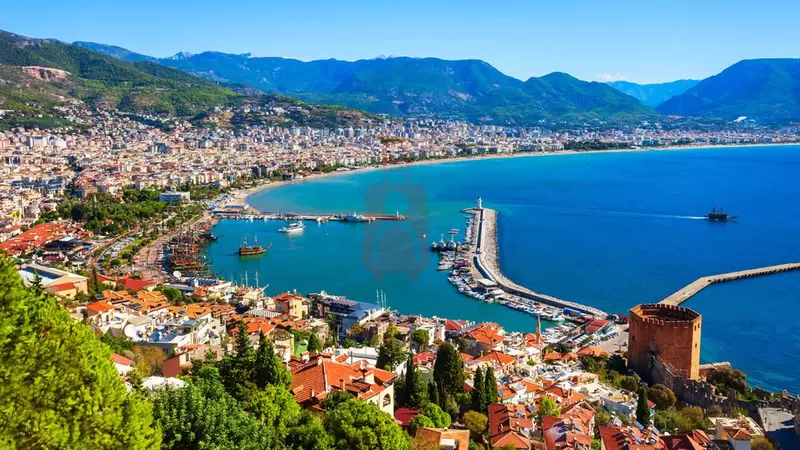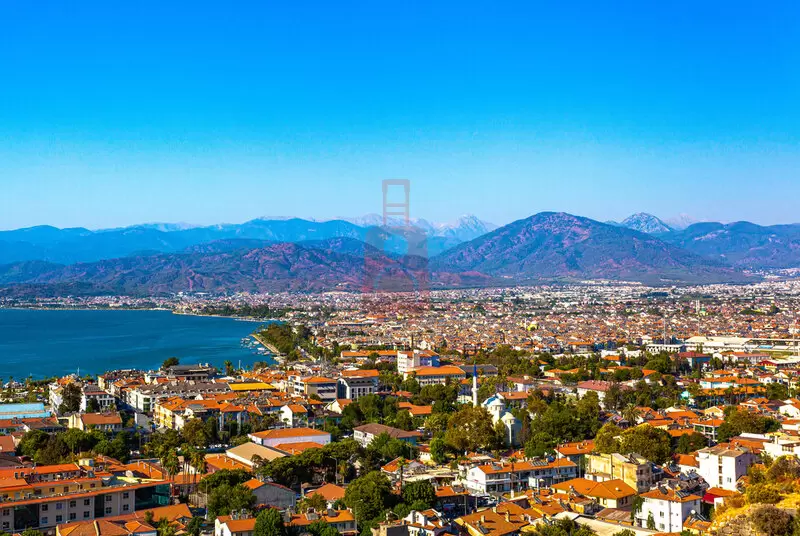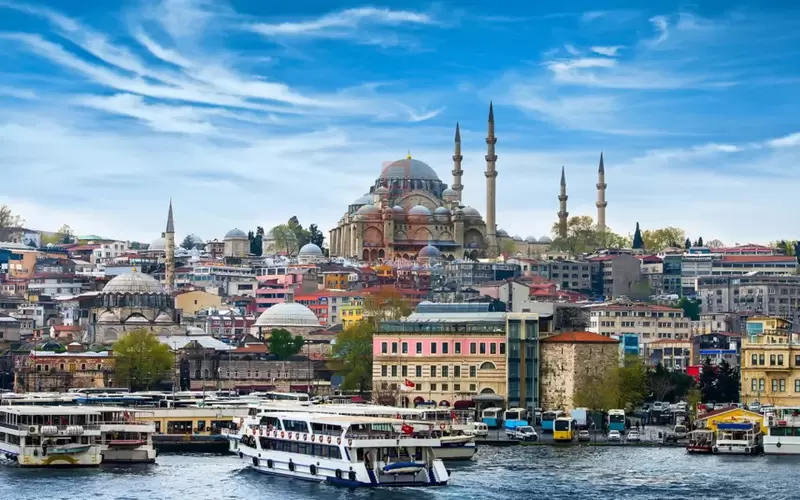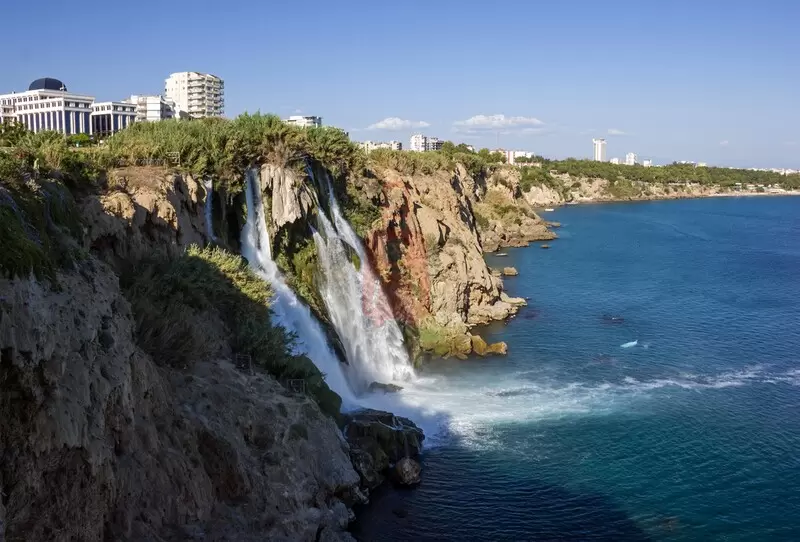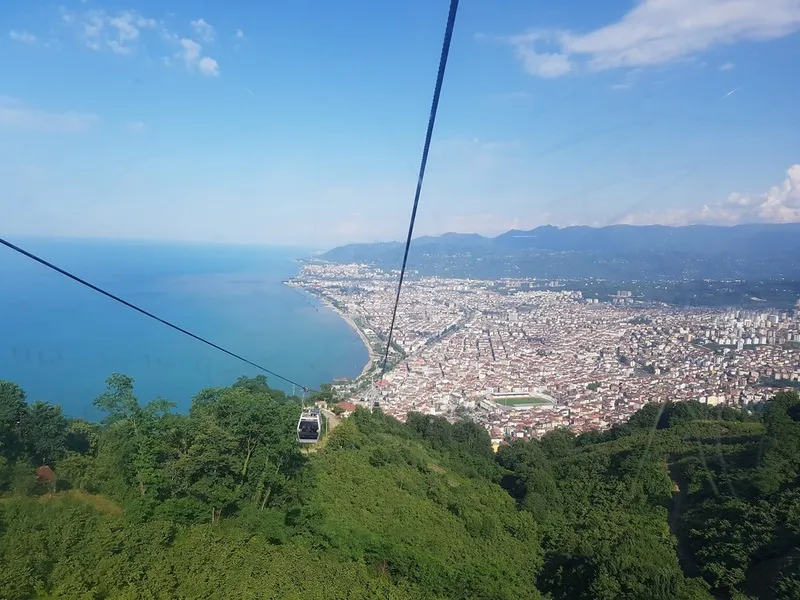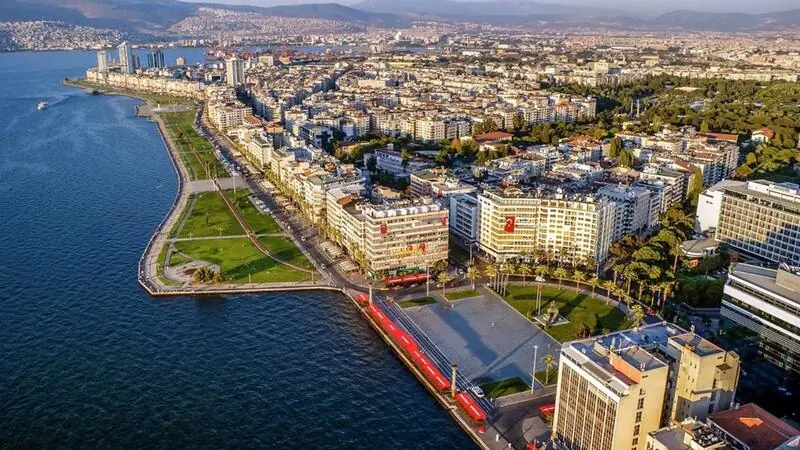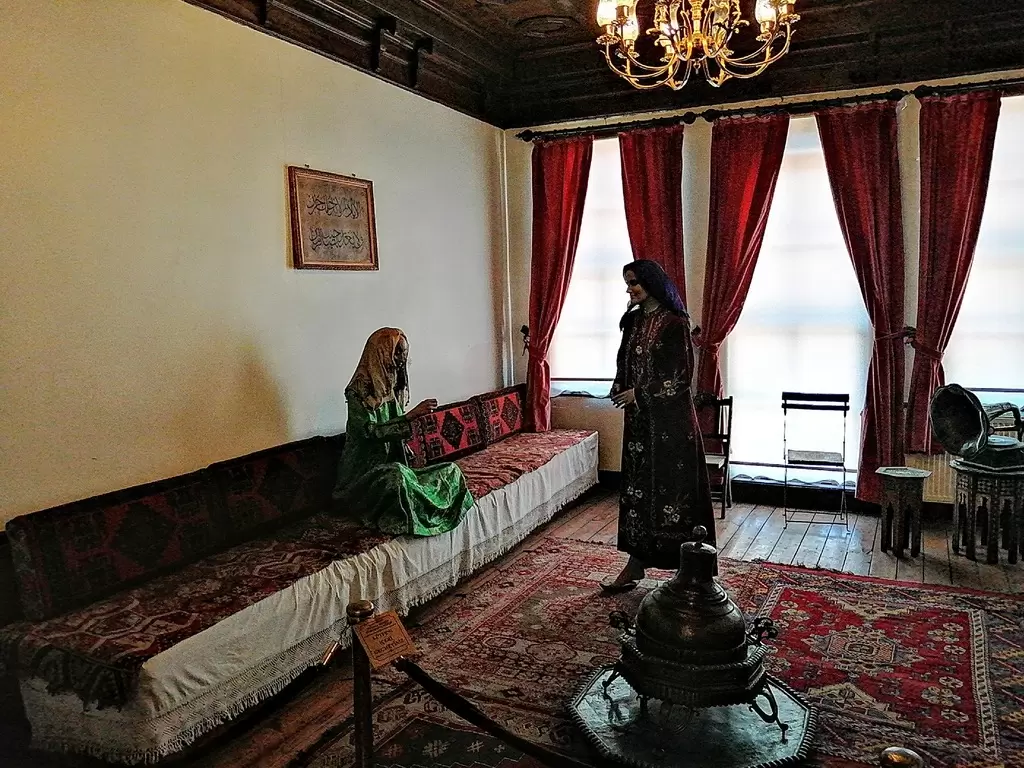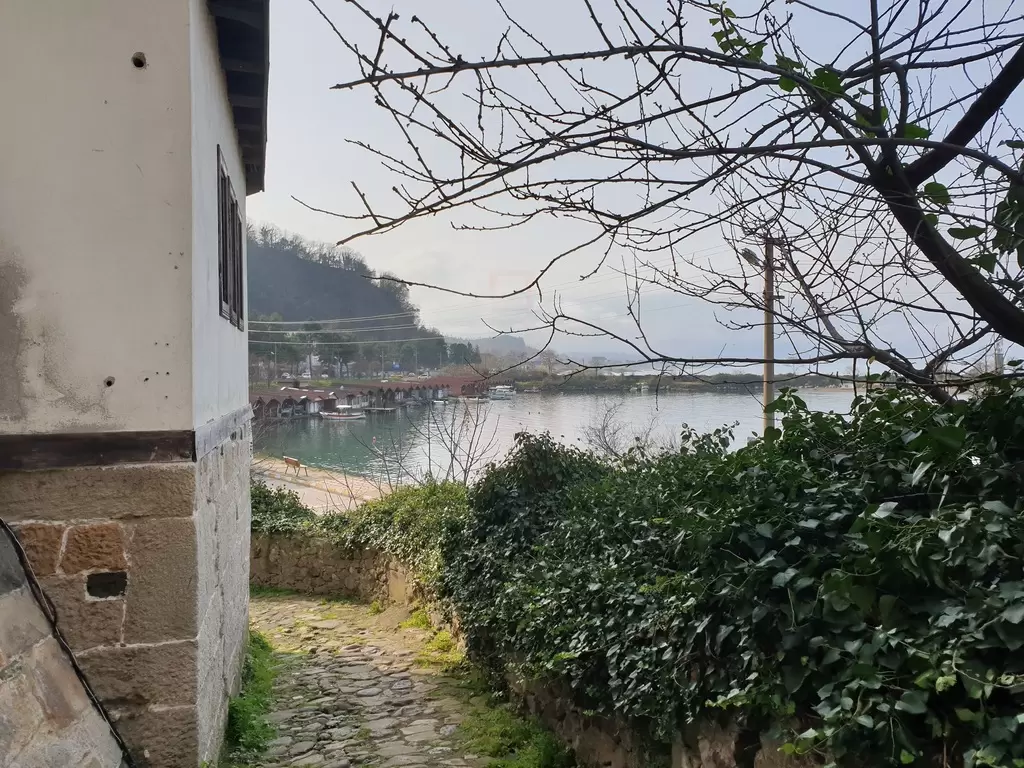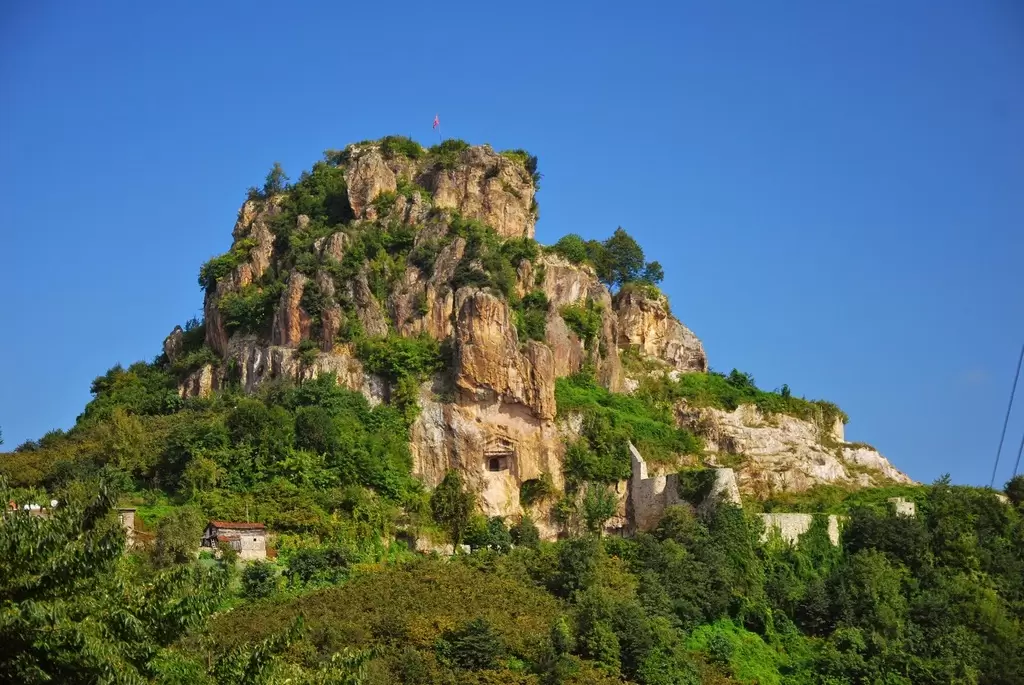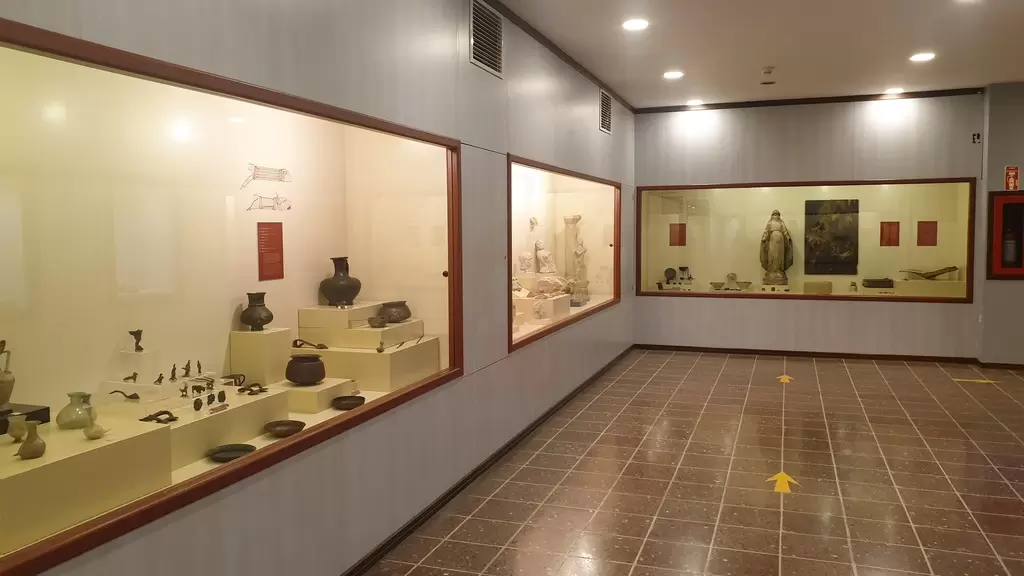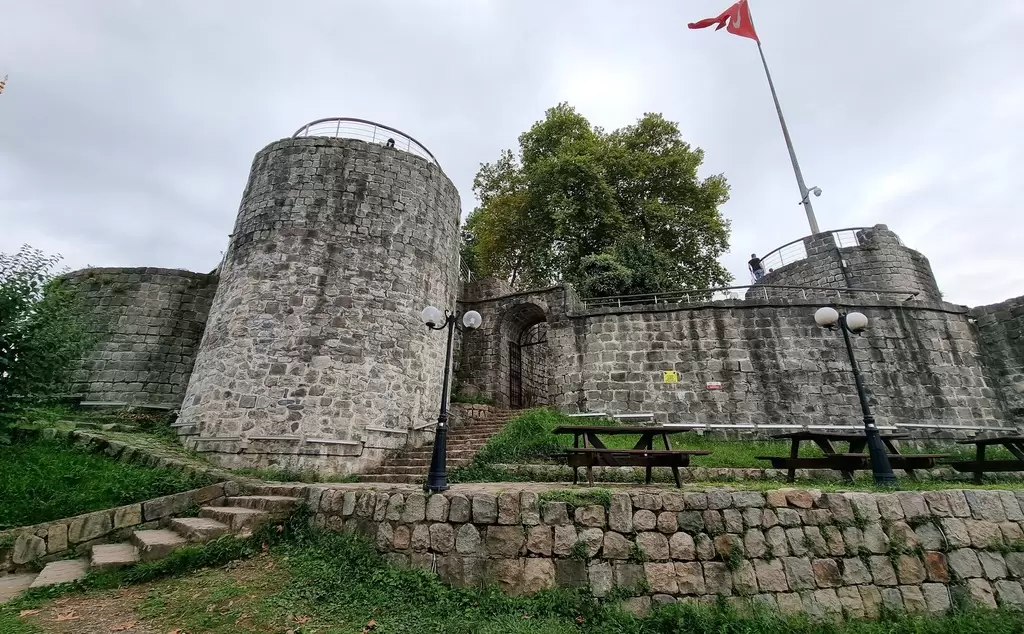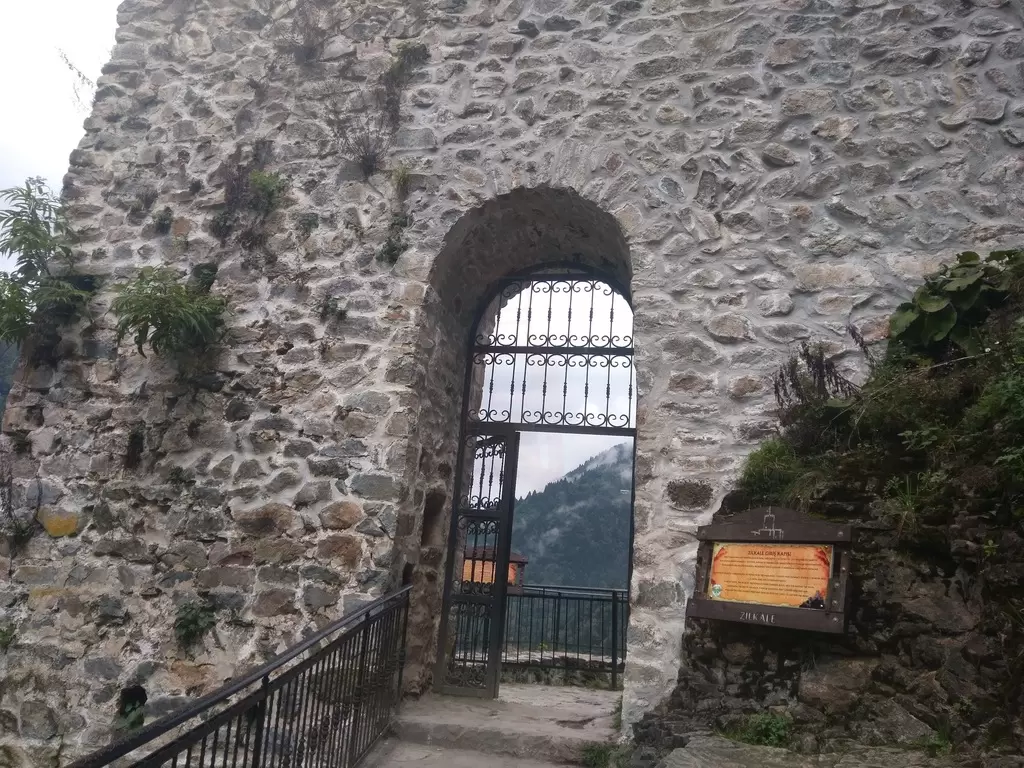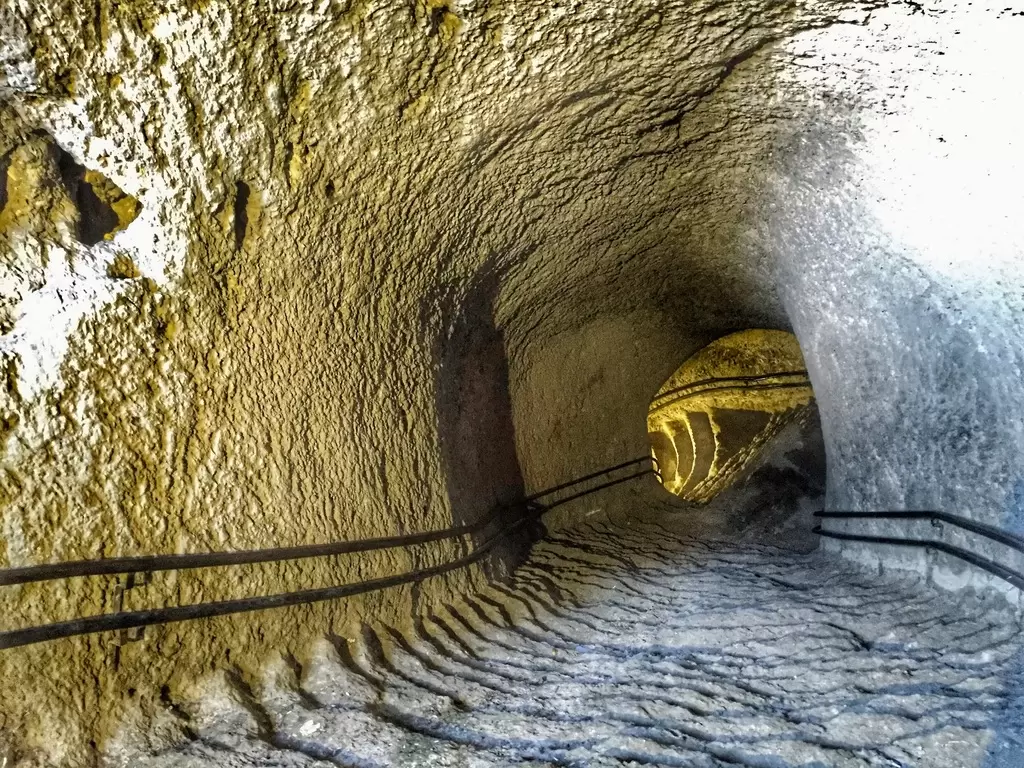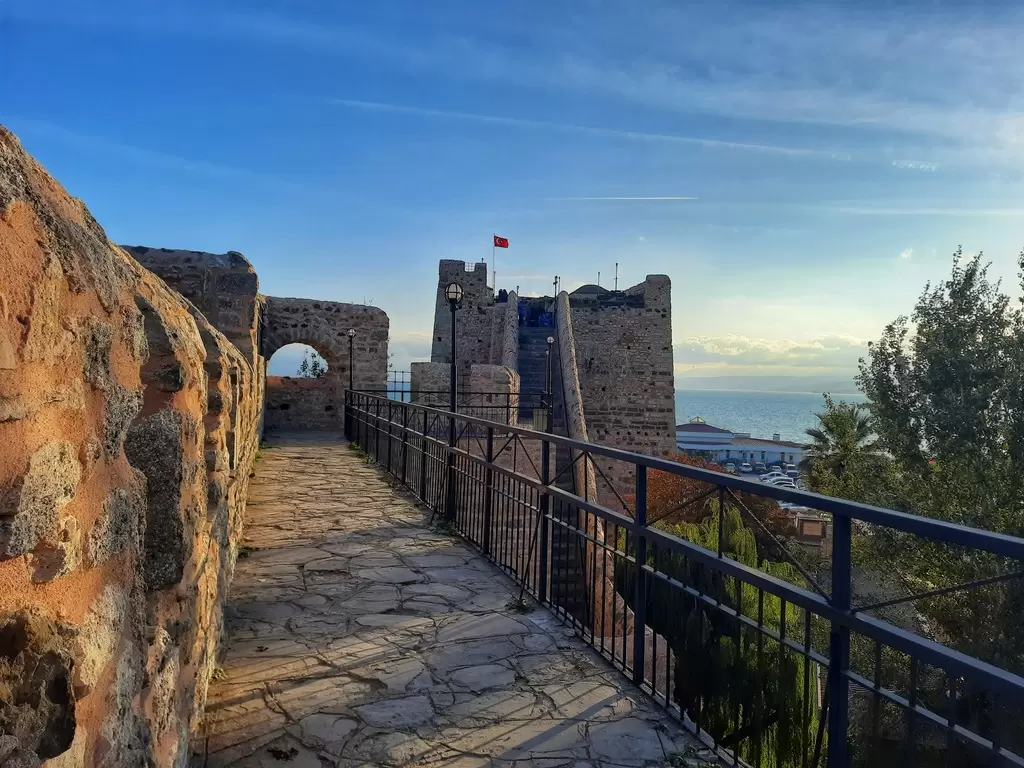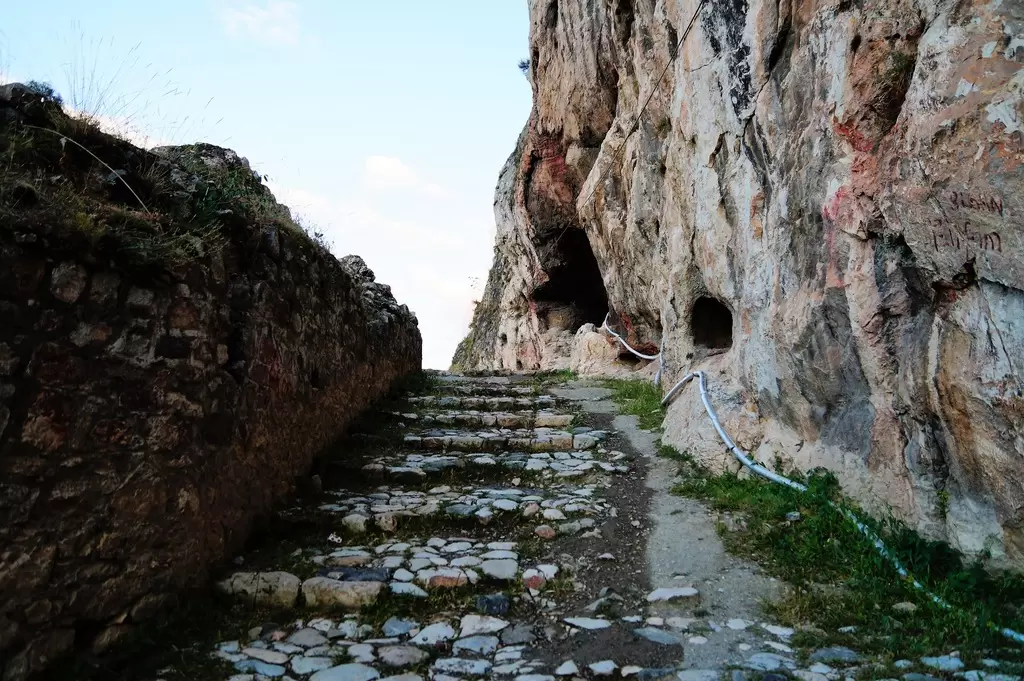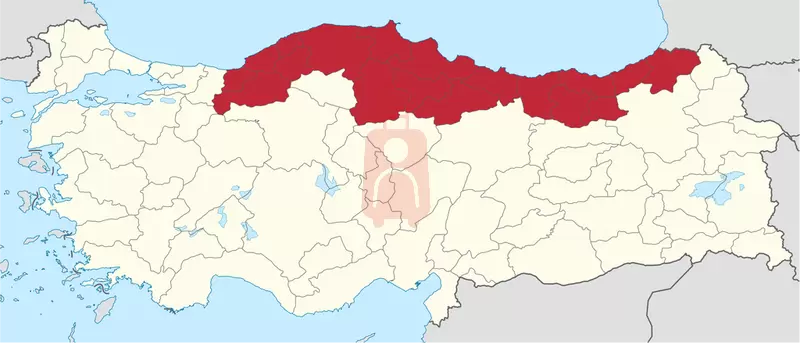
Major Cities:
- Trabzon: Trabzon is the largest city and cultural hub of the Black Sea Region. It has a rich history dating back to ancient times and is known for its Byzantine and Ottoman architectural heritage. Notable attractions include the Hagia Sophia of Trabzon, Trabzon Castle, and the picturesque Uzungöl Lake.
- Rize: Rize is famous for its tea production and stunning natural beauty. The region's steep hillsides are covered with tea plantations, creating a beautiful landscape. Visitors can explore tea gardens, visit the Rize Castle, and enjoy the scenic beauty of the Fırtına Valley.
- Samsun: Samsun is a major port city and serves as an important commercial and industrial center in the region. It has a rich history and is known for its Atatürk Museum, which commemorates the founder of modern Turkey, Mustafa Kemal Atatürk.
- Ordu: Ordu is renowned for its picturesque coastline and hazelnut orchards. The city offers stunning views from Boztepe Hill, where visitors can enjoy panoramic vistas of the sea and the city below.
- Amasya: Amasya is a charming city known for its unique Ottoman-era wooden houses, ancient rock tombs, and the Amasya Castle. It is located amid scenic natural surroundings, with the Yesilırmak River flowing through the city.
- Zonguldak: Zonguldak is an important coal mining and port city in the Black Sea Region. It has a rich industrial heritage and is a gateway to the nearby Karabük Province, which is known for its historical sites.
Economy:
The Black Sea Region has a diverse economy, influenced by its natural resources and geographical location. The region is known for its agriculture, with hazelnuts, tea, corn, and tobacco being important crops. Fishing is also significant due to the abundance of marine resources in the Black Sea. The region has a growing industrial sector, including coal mining, steel production, and textile manufacturing. Additionally, tourism plays a role in the local economy, with visitors attracted to the region's natural beauty, cultural heritage, and traditional cuisine.
Tourism:
The Black Sea Region offers a unique blend of natural beauty, historical sites, and cultural experiences. Some of the notable attractions include:
- Sumela Monastery: Located near Trabzon, the Sumela Monastery is an extraordinary Greek Orthodox monastery built into the cliffs of a forested mountain. It is a significant religious and historical site, attracting visitors with its stunning architecture and scenic surroundings.
- Uzungöl: Situated near Trabzon, Uzungöl is a picturesque lake surrounded by dense forests and verdant hills. It offers opportunities for hiking, fishing, and enjoying the tranquility of nature.
- Ayder Plateau: Located in Rize, the Ayder Plateau is a popular tourist destination known for its alpine meadows, hot springs, and traditional wooden houses. It is a gateway to the Kaçkar Mountains, offering hiking and mountaineering opportunities.
- Amasya Old Town: The historic center of Amasya is a well-preserved open-air museum, featuring Ottoman-era wooden houses, ancient rock tombs, and the Amasya Castle. The city's natural beauty, with the Yesilırmak River flowing through it, adds to its charm.
- Samsun Atatürk Museum: The museum in Samsun commemorates the arrival of Mustafa Kemal Atatürk, the founder of modern Turkey, in 1919. It showcases his personal items and provides insights into the country's history.
Transportation:
The Black Sea Region is well-connected by a network of highways, railways, and domestic airports. Trabzon and Samsun have international airports, facilitating both domestic and international travel. The region's coastal cities are accessible by sea, with regular ferry services operating along the Black Sea coast.
Natural Features:
The Black Sea Region is characterized by its stunning natural landscapes. The region is covered with dense forests, including the Pontic Mountains, which run parallel to the coastline. The region's rivers, such as the Kızılırmak, Yeşilırmak, and Fırtına, flow through picturesque valleys.These rivers are known for their beauty and offer opportunities for outdoor activities such as rafting and fishing. The region's coastline along the Black Sea is dotted with charming fishing villages, sandy beaches, and rugged cliffs, providing scenic views and a pleasant coastal experience.
Cultural Significance:
The Black Sea Region has a rich cultural heritage shaped by various civilizations that have inhabited the area throughout history. It was once part of the ancient Greek and Byzantine empires, and later, the Ottoman Empire. The region's architecture, cuisine, and traditional arts and crafts reflect this diverse cultural heritage. The local cuisine is known for its unique flavors, with dishes such as hamsi (anchovy), mıhlama (a cornmeal and cheese dish), and laz böreği (a savory pastry) being regional specialties.
In summary, the Black Sea Region of Turkey offers a captivating blend of natural beauty, historical sites, and a vibrant local culture. From the stunning monasteries of Trabzon to the picturesque tea plantations of Rize and the ancient treasures of Amasya, the region provides visitors with a diverse range of experiences and a chance to explore the unique charm of Turkey's northern coastline.
